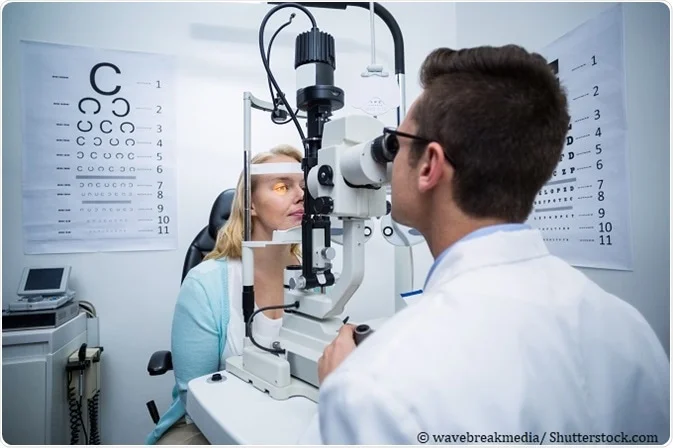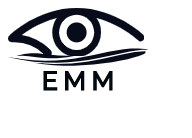How to improve refraction eye exam effectively
A refraction eye exam is a procedure that helps eye care professionals to determine the correct prescription for corrective lenses. This exam is crucial for maintaining good vision health and improving the quality of life for patients by correcting refractive errors, such as nearsightedness, farsightedness, and astigmatism; and dealing with convergence and accommodation anomalies. Here we will discuss how can we make the refraction eye exam a qualitative and satisfactory for our patients:

Following are the steps to be perfromed to improve the quality of refraction eye exam as an eyecare practitioner:
History taking
The first step in a refraction eye exam is to understand patient’s medical history and any existing vision problems. This includes asking about previous eye surgeries, medications, and family history of eye diseases and systemic history. This information helps the eye care professional understand the patient’s overall eye health to understand specific needs. E.g. the person with uncotrolled diabetes can not have a stable presciption unless his diabetes get under his control so that he has a control over associated eye problems. In such cases priscirbing presciption is of no use.
Taking Visual acuity
Visual acuity testing is performed to assess the sharpness of the patient’s vision. This is typically done using a Snellen chart, which contains rows of letters that decrease in size. The patient is asked to read the letters from a certain distance, and the results are recorded as a fraction, with 20/20 being considered normal vision. Ensure the examination room is well-lit and comfortable for the patient.
Take visual acuity unaided and aided monocularly. Perfrom pinhole testing to see if there is any need for change of priscription. The pinhole testing also gives a clue about best achieveable visual acuity.
Performing retinoscopy
Perform retinoscopy to get an initial estimate of the patient’s refractive error. Darken the room and use a retinoscope to shine light into the patient’s eye while observing the reflex.
Subjective refraction eye exam
- Use the phoropter to conduct a subjective refraction.
- Start with the patient’s current prescription or an estimate from retinoscopy
- Present different lens options and ask the patient which one provides the clearest vision.
- Use the patient’s responses to refine the prescription until the best vision is achieved.
- Check near visual acuity as well.
Binocular balancing
Binocular vision testing is a crucial part of an eye examination that assesses how well the eyes work together as a team. This testing is essential for diagnosing and managing conditions that affect binocular vision, such as strabismus (eye misalignment) and amblyopia (lazy eye). It assesses depth perception. This helps in identifying the issues with eye muscle coordination which can cause eye strain, fatigue, and difficulty maintaining clear vision. Binocular vision testing can also help improve visual comfort for patients.
Eye health examination
A refraction eye exam also includes an evaluation of the overall health of the eyes. This may involve using a slit lamp to examine the structures of the eye, including the cornea, lens, and retina. The pupil examination is also pivotal to determine the pathways of light reflex and accommodation. The eye care professional will also look for signs of eye diseases in both anterior and posterior chamber of the eye.
Ruling out convergence anomalies
Anomalies in convergence can lead to symptoms such as double vision, eyestrain, and difficulty focusing on close objects. Here are the tests to check convergence anomalies
- Near point convergence NPC
- Break Point and Recovery point
- Convergence insuffeciency testing
- Accommodation anomalies
Accommodation evaluation
By conducting accommodation tests, eye care professionals can evaluate the patient’s accommodation abilities and detect any anomalies that may require further evaluation or treatment. Following are the tests to be performed
- Near point accommodation NPA
- Accommodation facility AF
- Accommodation amplitude
- Dynamic retinoscopy- to check accommodation lead and lag
Visual field testing
The simple test ”confrontation test” is a simple screening test used to quickly assess the visual fields of patients. It’s typically performed during a routine eye examination and can help detect gross visual field defects.
Additional tests
Depending on the patient’s age, symptoms, and medical history, additional tests may be performed, such as color vision testing, contrast sensitivity testing, or imaging tests like OCT (optical coherence tomography) etc.
Founder of EyesMatterMost- an optometry student who loves talking about eyes. I tend to cover topics related to optometry, ophthalmology, eye health, eyecare, eye cosmetics and everything in between. This website is a medium to educate my readers everything related to eyes.
